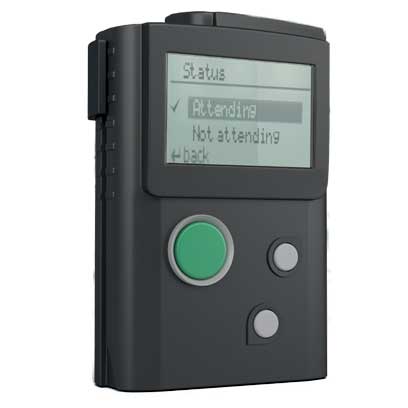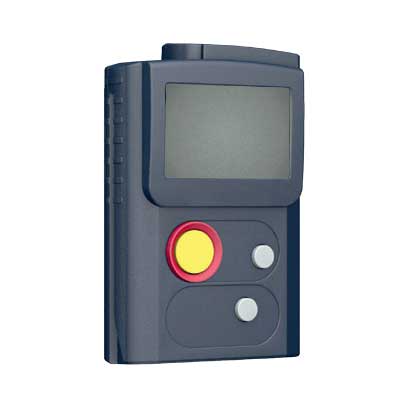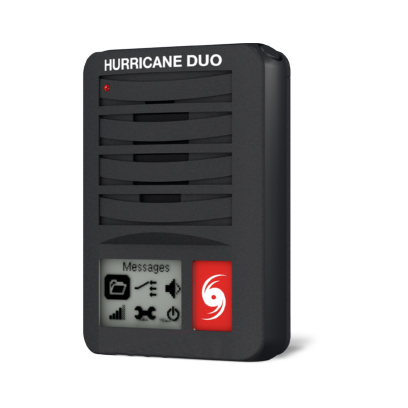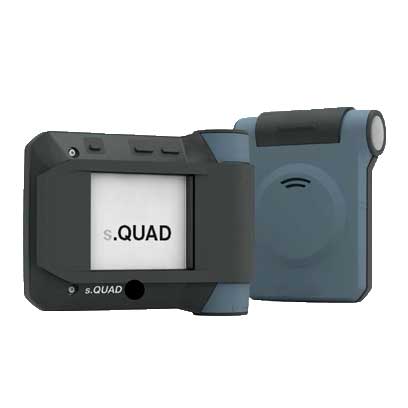
Paging

Critico leads the industry in fast and efficient broadcast alerting for the most demanding and critical applications. We have over three decades of proven expertise in paging solutions – including sole ownership and operation of the UK’s only national paging network. We specialise in design, installation, and maintenance of resilient paging systems and our comprehensive approach extends to both on-site and off-site solutions, ensuring seamless communication transitions regardless of location.
Trusted by blue-light, healthcare, and corporate clients throughout the UK and Eire, Critico’s paging solutions ensure the timely delivery of critical alerts, guaranteeing diversity and resilience even amidst challenges from public mobile networks.
From pioneering two-way paging services to our unique dual-frequency paging technology that seamlessly transitions devices between on-site and off-site operations, we are dedicated to integrating paging services seamlessly into client systems and workflows, ensuring optimal functionality and reliability at every step.
Discover a tailored approach to paging that combines cutting-edge technology with a legacy of expertise, ensuring your communication needs are not only met – but exceeded.

features

On-site Paging
Critico’s solution is the next generation in on-site paging and alerting. As well as delivering the bleep services you expect, our solution also allows pagers to seamlessly receive alerts on our wide-area paging network when off-site or if the on-site system fails.

National Network
Critico owns and operates the UK’s only national paging network using NP2M (Narrow-band Point to Multipoint) technology to deliver fast and efficient individual and group broadcast alerting, independent of UK mobile networks.

Response Paging
Our range of 2-way paging products provide reliable, 2-way communication; with the high speed, assurance and reach of paging now combined with the capability to acknowledge and respond; for when you need to know instantly. Building upon the features of our Acknowledge Paging with Reply Messages and Updates, GPS for Geolocation and Personal SOS alarm.

2-Way Paging
No more waiting, no more unknowns. Acknowledge paging is exclusive to Critico; building on the speed, resilience, and cost-effectiveness of paging to keep you better-informed for faster, accurate decision making. Gone are the days of being left waiting or wondering, not knowing if a message has been received and understood by your intended recipient.

Triple Resilience Paging
Critico combines paging and GSM to provide a unique multi-channel alerting capability that maximises message throughput and coverage, delivering a truly diverse and resilient messaging capability ideally suited to critical alerting. A multi-network SIM card option further enhances coverage and resilience by being able to connect to the strongest mobile and pager network.

Integration
Our paging solutions integrate with a wide-range of software and alarm/building management systems to enable automated generation of alerting. And integration with our Connect platform means pager messaging can be combined to deliver multi-channel messaging across paging, SMS, app, email and radio.





Pager batteries will last typically up to 3 months at a time so there is no need to charge the pager each night, and the pager is always on waiting to receive a message.
Fast Delivery
Critico’s paging network is a broadcast network and does not store and forward messages in the way that GSM networks do. Once the message has been accepted by Critico, it is sent over its broadcast network within 30 seconds regardless of the time of day, or even during special public events. Critico also has a service called Accelerate which increases the speed of delivery to less than 15 seconds.
Resilient and Reliable
The Critico paging network is designed to be resilient providing a very high level of availability (typically more than 99.95%) with a large coverage area over the UK what about Ireland (more than 98% of the population) using radio waves that easily penetrate buildings making the paging service both resilient and reliable.
Broadcast and Group Calling
Critico pagers can be set up with common receiving addresses called Group Calls so that they can all simultaneously receive a common message which has been broadcast over the paging network. Group Calls are in very common use in the paging network making the communication of information to groups of people very simple and fast in comparison to other messaging solutions and technologies. This broadcast and Group Call ability makes paging unique in the messaging world.
Integration
Paging has been around for a long time and has therefore developed and evolved its integration methods to be the most robust and simple to implement. See a full list of our integration methods and API’s to enable your back office systems and computers to send paging messaging into Critico for broadcasting over its paging network.
Discrete
Pagers are very small devices that are usually worn on the person and as such can be very discrete and unobtrusive. All pagers have a silent or vibration message tone option, making them suitable for most sensitive environments.

